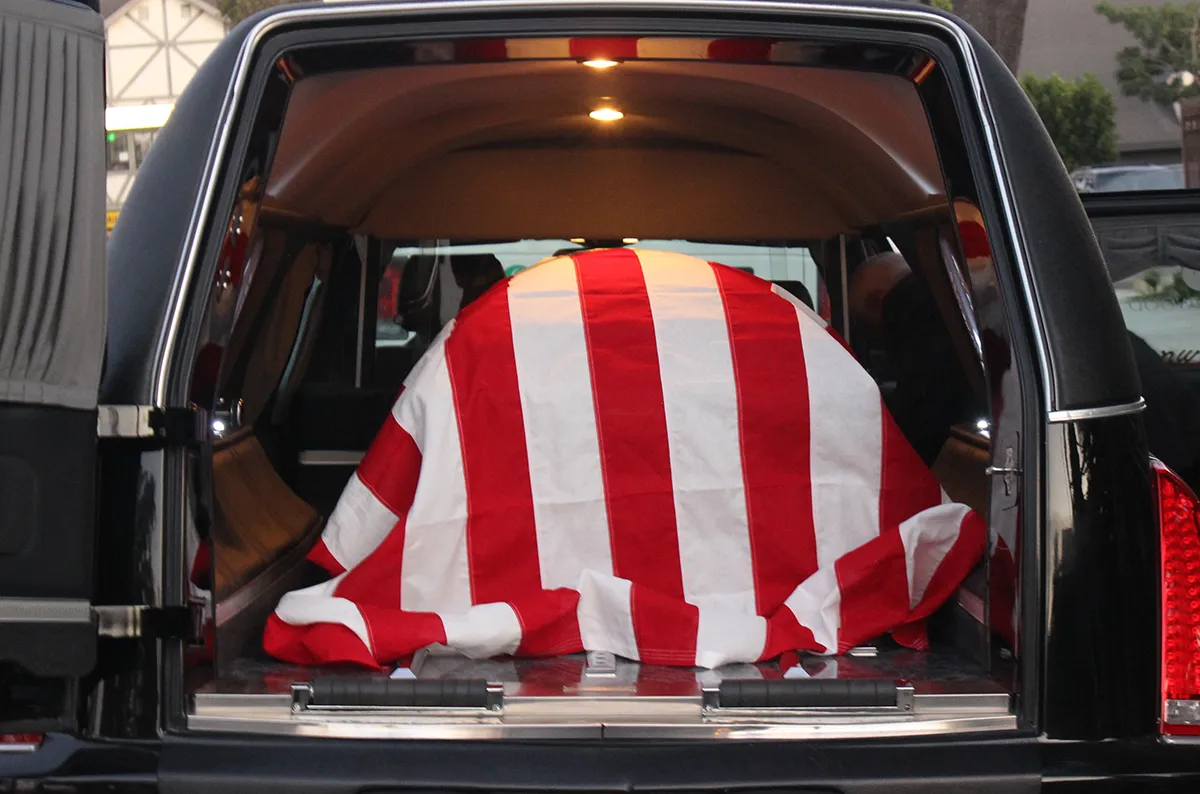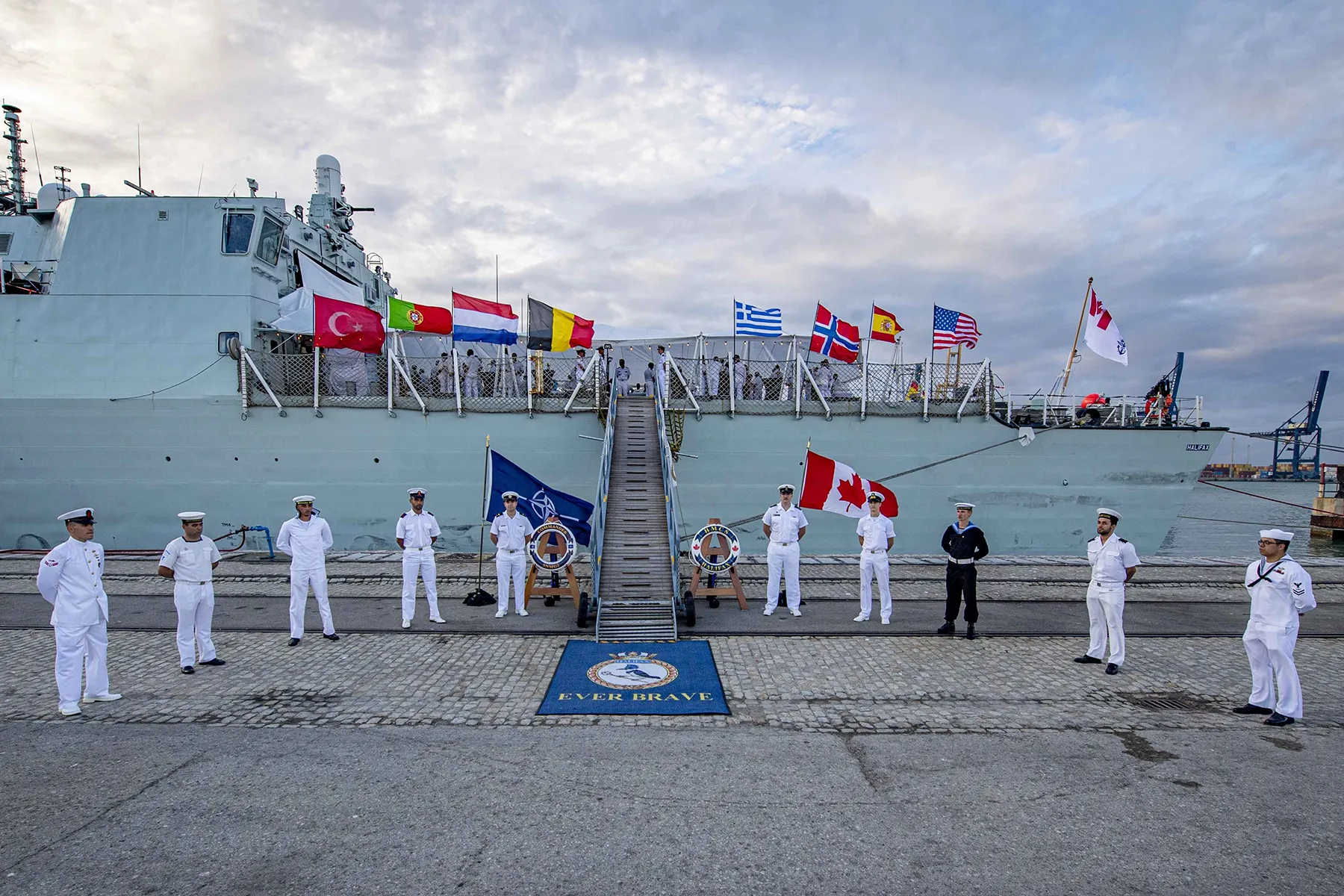One day, when the full story is assembled of how COVID-19 spread from a localized illness to a global pandemic, we know that the plot will revolve around flight patterns. For this reason, governments around the world have risked using a blunt, painful instrument to try to stop the virus’s spread: banning flights and flyers.
A complete analysis of complex flight patterns is invaluable to understanding and addressing a wide range of emergencies. And when the U.S. government has confronted natural and manmade disasters or national security crises, it repeatedly turned to CNA, a trusted analytical partner of the Federal Aviation Administration for nearly 30 years. In fact, the last time a coronavirus was in the news, in 2015, CNA completed an urgent request for the FAA’s Office of Crisis Response and Emergency Operations. The group was tracking the possible spread of the Middle East respiratory syndrome coronavirus, or MERS, via inbound flights to the United States. They needed a quick-turnaround report on all flights from the Republic of Korea to U.S. airports during May and June.
CNA first started working with the Federal Aviation Administration in 1991, analyzing the airspace over the United States. Congress had asked the FAA to determine the upper limits of the nation’s capacity for commercial flights. CNA had to find the data to develop mathematical models to quantify the obstacles to growth.
Over the years, the FAA has continued to request more work from CNA. We were at the forefront of developing the initial flight-tracking database. CNA discovered that a gold mine of detailed air traffic data was collected and then routinely discarded if it wasn’t needed for an incident investigation. CNA found a way to save the data, piece it together and organize it into a database for everyone to use. In those days, to upload 30 or 40 terabytes of “big data,” we literally had to load big magnetic storage devices onto trucks. That data is still used for post-operational analysis, 25 years later.
Flight pattern analysis can help in mitigating a wide range of natural disasters. The FAA recently asked CNA to help design and implement a monitoring dashboard to describe projected and historical operations for affected airports around potential hurricane paths for the 2019 season. After the 2010 earthquake in Haiti, the FAA needed to know the number of flights usually departing, arriving and overflying the country. The FAA was deploying emergency air traffic radar services to the country, and the data would assist them with workforce and equipment planning. Following the eruption of a volcano in Iceland that same year, there was a dangerous amount of ash in the airspace over the North Atlantic and Europe. Flights had to be cancelled or severely rerouted. The FAA tasked CNA with analyzing historical traffic counts along the affected routes and identifying possible new routes depending on daily winds and jet stream patterns.
Understanding commercial flight patterns is also crucial to national security. At one point in time, CNA was asked to identify all Russian carriers that flew into or out of the United States or overflew U.S.-controlled airspace. The goal was to put a scope on the impact to U.S. and Russian carriers should a "quid pro quo" airspace restriction suddenly occur.
CNA also worked closely with the FAA when it needed several months of data for flights that came near North Korean airspace. The North Korean government had announced that due to military exercises, they could not "guarantee the safety of any aircraft" flying through their airspace.
In the months after 9/11, CNA was asked to help design two new security airspaces around Washington, DC: the Air Defense Identification Zone and the Flight Restricted Zone. Working closely with the FAA, CNA was tasked to make the zones large enough to give the military adequate response time for incoming aerial threats, but small enough to limit the impact on general aviation outside of DC.
As the COVID-19 pandemic shows, a deep understanding of flight patterns is a capability that continues to be vitally necessary to the safety, security and health of Americans. And CNA analysts stand ready to address those needs with unbiased analysis and technical solutions.



